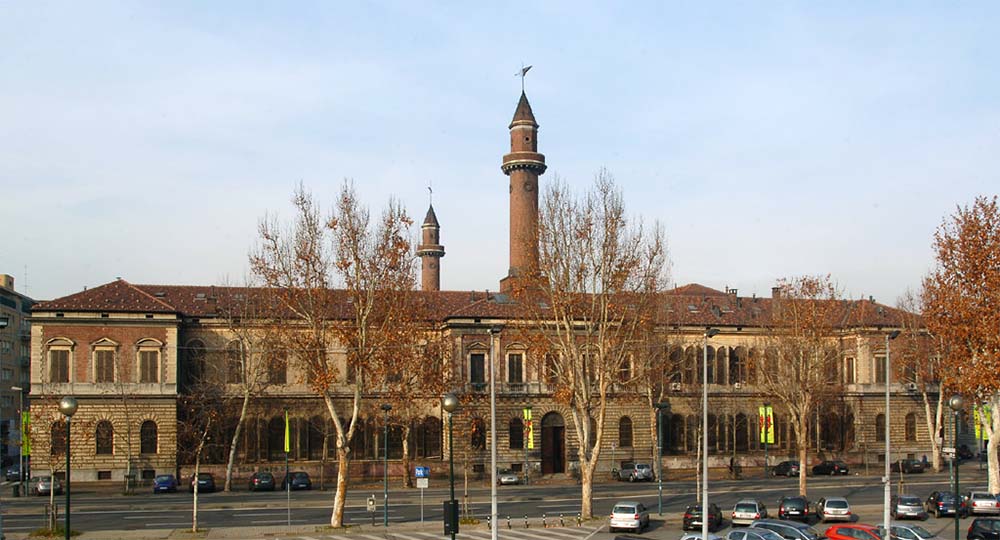


The Museum of Criminal Anthropology is a museum founded in 1876 in Turin by the physician and anthropologist Cesare Lombroso (1835-1909) and exhibits the collections collected mainly for the studies of Cesare Lombroso in the second half of the nineteenth and early twentieth centuries, composed of preparations anatomicals, drawings, photographs, bodies of crime, artisanal and artistic productions, including valuable ones, made by inmates in asylums and prisons.
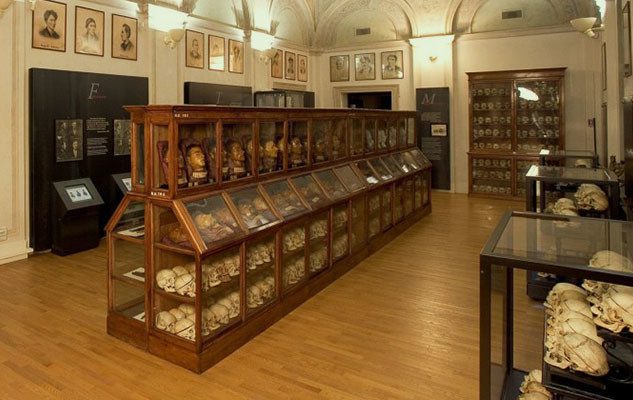
The exhibition is part of the museum system of the University of Turin.
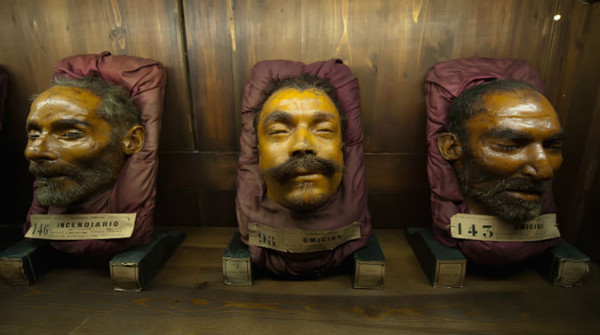
The Museum of Criminal Psychiatry and Anthropology was officially inaugurated in 1898, starting from the private collection gathered by Cesare Lombroso during his life.
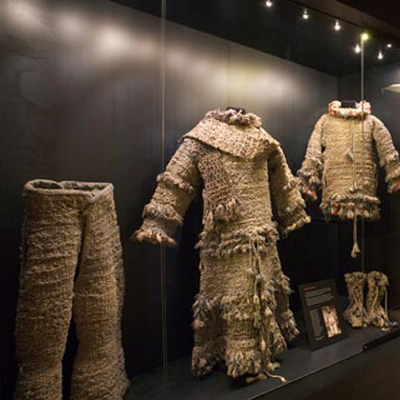
As Lombroso himself writes: “The first nucleus of the collection began in the army, where, in addition to measuring thousands of soldiers craniologically, I had carefully preserved the skulls and brains of the dead; this collection gradually grew, with the stripping of the old Sardinian, Valtellinesi, Lucchesi, Piedmontese burial grounds, made by me and my friends from Turin and Pavia. Not a day went by before in Pavia first, in Pesaro and then in Turin I did not try to increase the collection with the skulls of the insane and criminals who died in asylums and prisons ".

The collection was opened to the public for the first time in 1884, on the occasion of the anthropology exhibition organized in the general exhibition of Turin, but it was only in 1892 that the Faculty of Medicine of the Savoy University announced the decision to establish a museum of psychiatry and criminology, but without yet electing the Lombrosian collection to that rank. This despite Arturo Graf, rector of the university at the time, described it as "the first criminal museum in Europe".
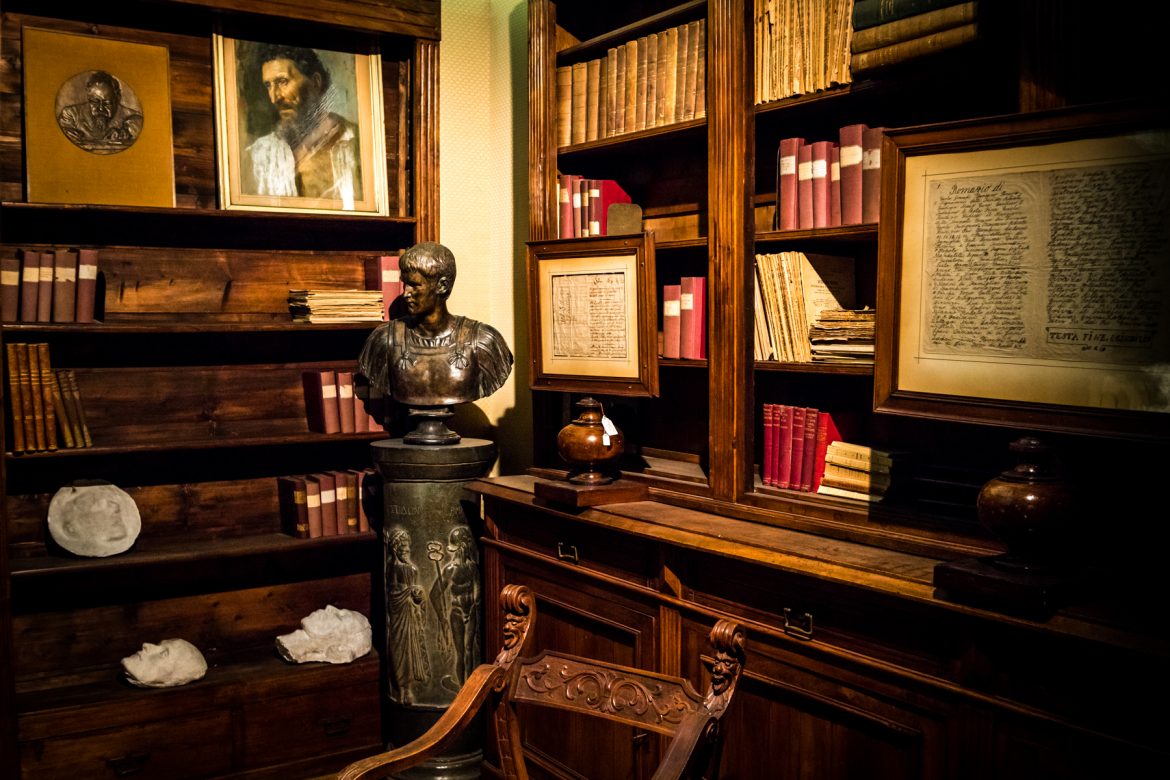
Similar collections of artifacts and materials related to madness and crime were springing up throughout the kingdom, for example the exhibition of Lorenzo Tenchini's waxwork death masks of 1885 in Padua, the book published in 1894 by Angelucci and Pieraccini on the artifacts made by internships and the collection of anatomical finds put together in Naples in the same year by Pasquale Penta, the first holder in Italy of a chair of criminal anthropology. Finally, during the first international congress of criminal anthropology held in Rome in 1885, Giuseppe Sergi launched the proposal for a national museum of criminal anthropology. All this thanks also to the Zanardelli Code of 1889, which provided for the possibility of taking anatomical parts from the cadavers of prisoners for the purposes of scientific research.

The Lombrosian collection was transferred in 1896 to the premises of the building of the anatomical institutes. Here the first real opening to the public took place, in May 1906, thanks to Mario Carrara, Lombroso's son-in-law. A significant increase in the number of finds was the consequence of a 1909 circular issued by the then Minister of Grace and Justice Orlando, who ordered that all the bodies of the crime preserved in the chancelleries of the kingdom and destined for destruction were transferred to the Lombrosian museum. with the aim of increasing "a kind of experimental collection, which lends light and aid to the research of scholars in the world of crime".

Lombroso never saw the inauguration of the museum, because he died in 1909 donating his body to science, as Carlo Giacomini had already done before him - whose skeleton is kept in the Museum of Anatomy which is located in the same building.

The direction of the museum then passed to Mario Carrara, who expanded the collection especially in the part relating to forensic medicine.

In 1932, however, Carrara was expelled from the university and deprived of his professorships and the direction of the museum, as a consequence of his refusal of the Oath of allegiance to fascism.

The museum itself was closed, and positivist theories rejected as unable to base criminal law on the concept of race.

Despite the apparent intention to move the entire collection to Rome, the museum remained in Turin, and in 1947 it was transferred to the institute of forensic medicine.
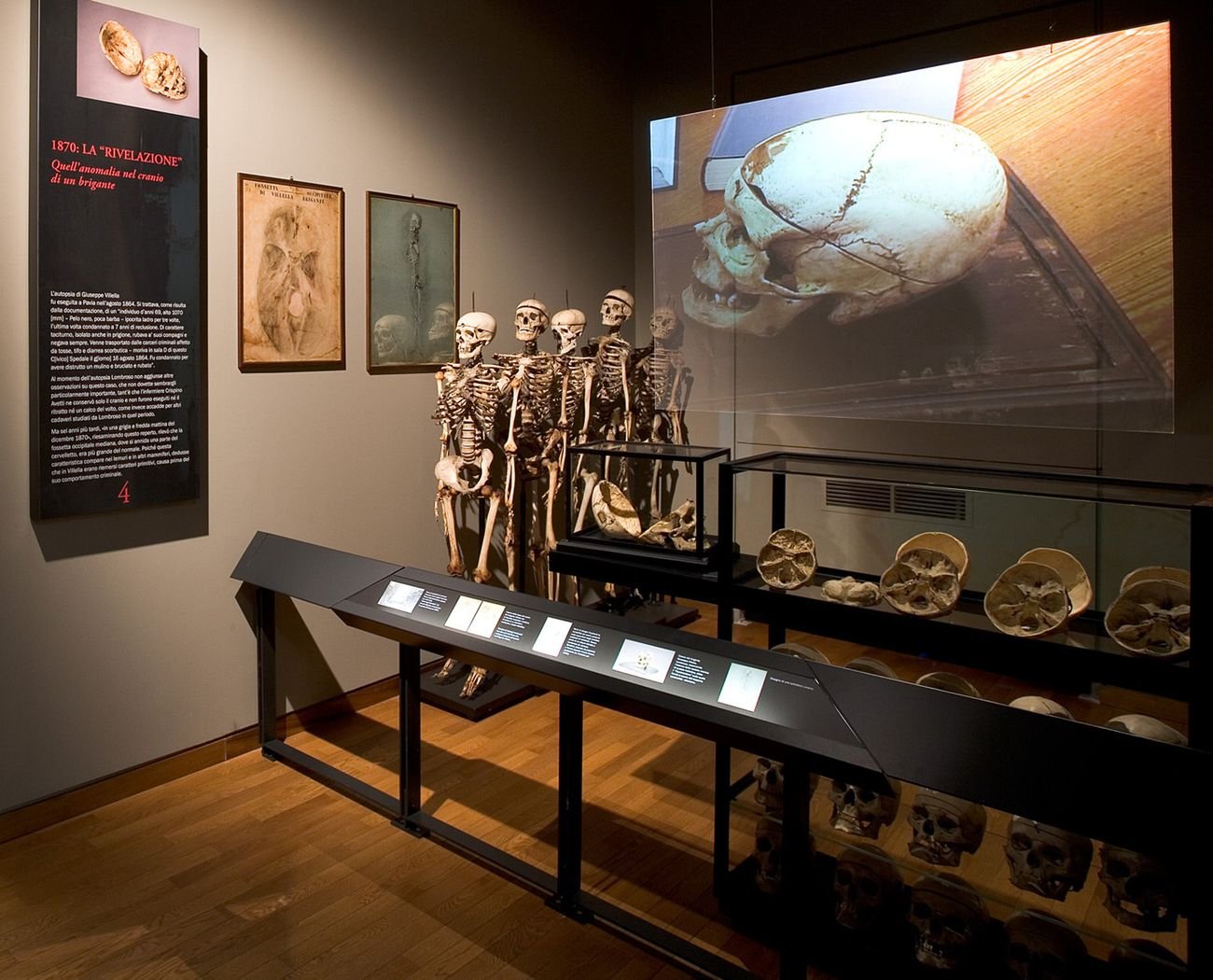
The collection remained in a state of neglect due to lack of funds for decades, until 1985, when the exhibition Science and guilt was set up at the Mole Antonelliana in Turin.
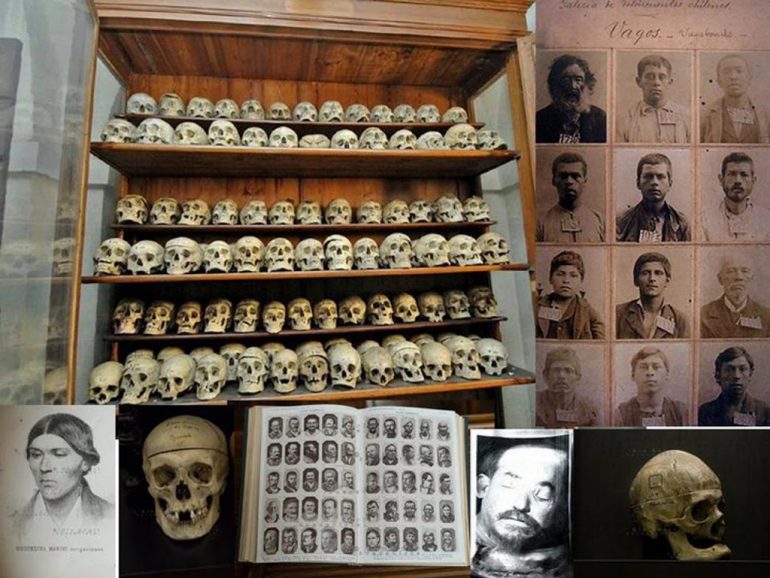
Criminal crimes criminologists: a face of the nineteenth century, which totaled about 120,000 visitors, bringing the public's attention back to the Lombrosian museum.
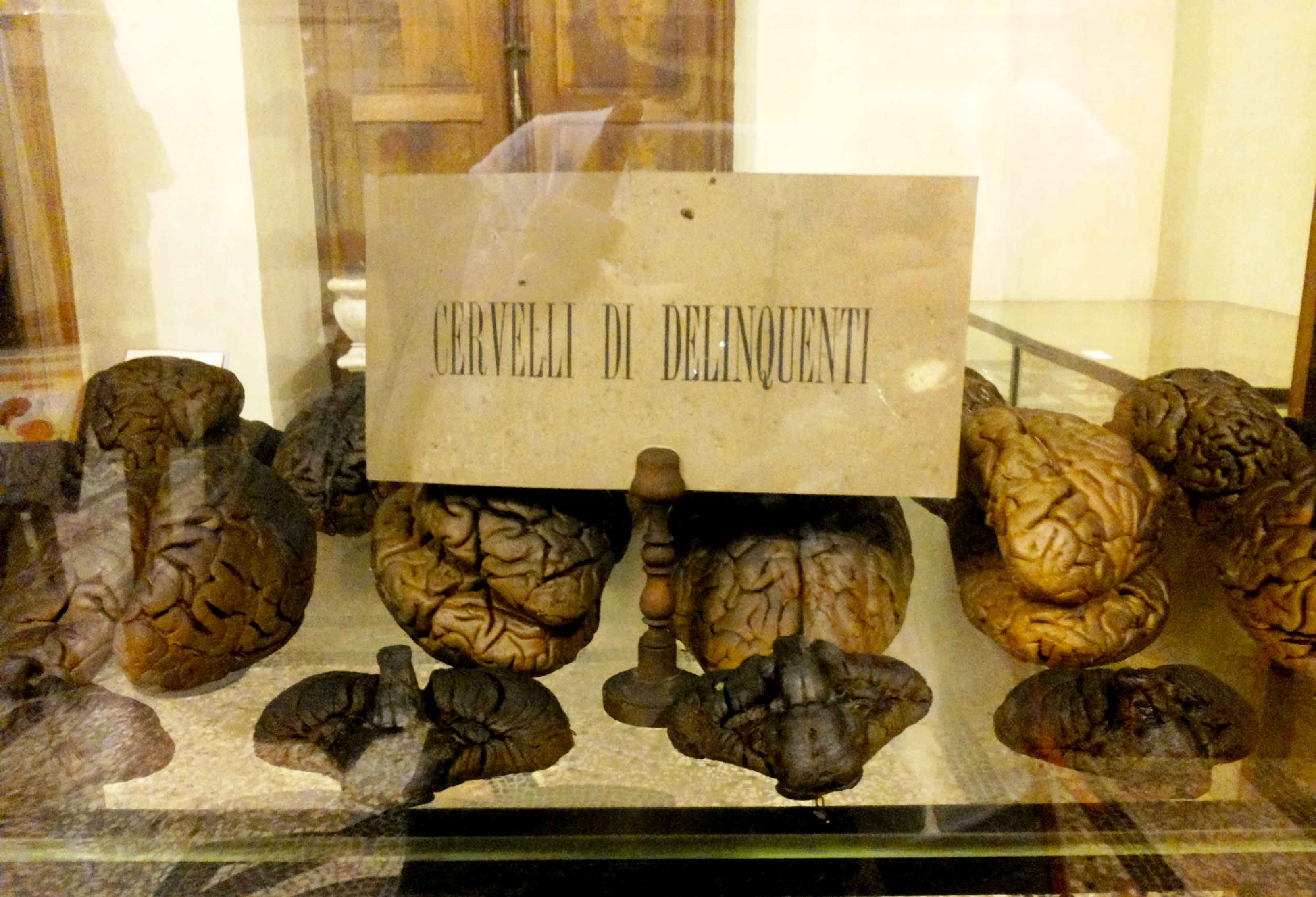
Thus was born the idea of signing an Appeal for the Lombroso Museum, signed by various intellectuals and scholars from various Italian cities, addressed to Piedmontese administrators and the university, for the safeguarding of the Lombrosian heritage.

And while individual exhibits began to be requested for exhibitions also abroad, the idea of ??a rearrangement took shape.
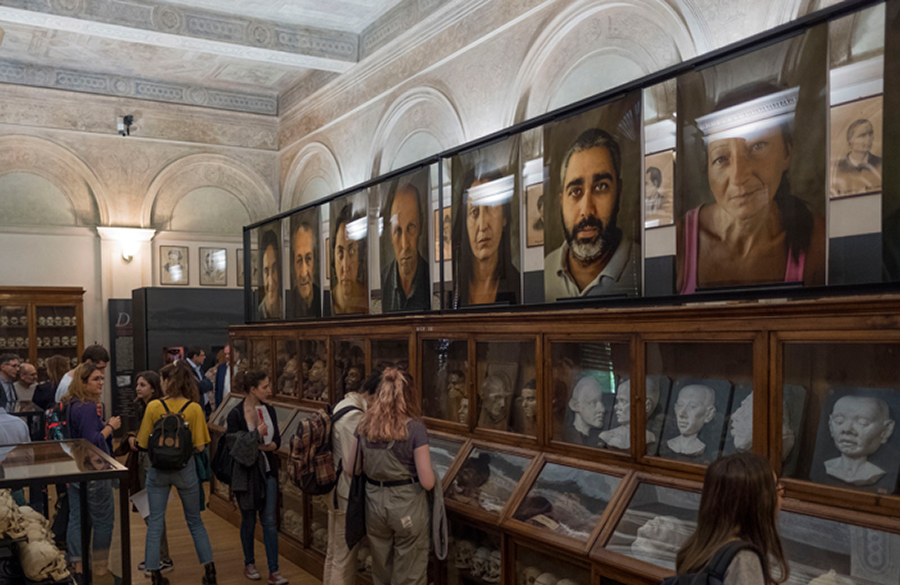
In 2009 the collection found its new headquarters at the Palazzo degli Istituti Anatomici in via Pietro Giuria (Torino) , in a permanent setting open to the public.
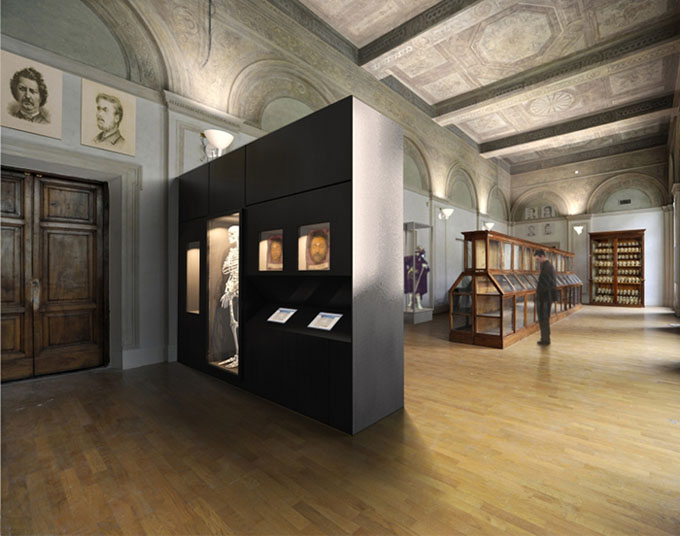
Cesare Lombroso Museum of Criminal Anthropology
Address: Via Pietro Giuria, 15, 10126
Phone: 011 670 8195
Site:
https://www.museolombroso.unito.it/Location inserted by
CHO.earth